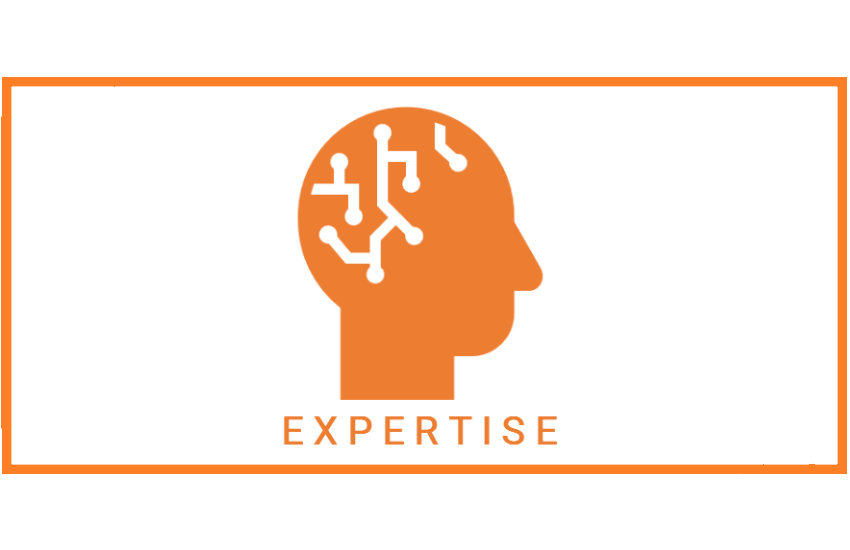A DMS, or "Document Management System", is a software that enables you to manage, classify and process documents in a much more advanced way than a simple Windows file server or web-sharing application such as Nextcloud, or a "classic" Intranet / Digital Workplace document management system.
At a time of mass access to information, DMS is becoming as essential as a tool like ERP or messaging. If properly deployed, DMS can also deliver significant productivity gains, and enhance compliance (i.e. GDPR), and security.
Document enriched with metadata
Documents are generally enriched with metadata (importance, author, etc.), some of which are linked to the "business" nature of the document (e.g. invoices). Some metadata (classification) can provide how sensible a document can be (confidential, ...). In the end, metadata is no more than a variable, like the amount of an invoice.
More precise searches
These metadata will enable more precise searches and sorting than the so-called 'plain text' search, which simply indexes all the words and numbers contained in a document. And 'plain text' indexing isn't simple at all, as it requires very powerful algorithms to efficiently retrieve such content, using scoring/ranking mechanisms such as Google or Duckduckgo.
In addition to this much more efficient search, an DMS also offers other very important functions, such as versioning. Versioning makes it possible to keep different versions of the same document, thus avoiding the notorious _V1, _V2 naming found on a file server.
File plan and access rights
Of course, just like on a file server, you'll find a classification scheme with associated rights (who has the right to see what), generally referred to as "folders" or "collaborative spaces" for the most recent DMS's. What's more, on some DMS's this rights management is much easier to use, helping to limit security and confidentiality risks in document management.
Lifecycle management and workflow
In addition to the purely documentary aspect, a DMS can manage the document lifecycle, from draft to validated to pre-archived status. For DMS equipped with a workflow engine, this lifecycle can be managed automatically, for example in an electronic signature workflow, where all persons required to proofread and then sign the document are notified of their task. Last but not least, you can define a retention peroid (sometime legally defined) for processing once this has been exceeded: destruction, sending to a legal archiving system (SAE) or long-term storage. After all, a DMS should not be a permanent archiving system.
Acquisition
Documents may come from file servers, ERP or other business applications, or from multi-function copiers. In the case of scanned documents, OCR (character recognition) or even LAD/RAD (field and document type recognition) techniques will be required.
Collaborative or business-specific DMS
Historically, and still often today, DMS's were very "business-specific" and specialized or verticalized, with one DMS for each function (HR, Finance, etc.), and very little in the way of collaboration. In the end, they were little more than advanced storage systems with a boring interface.
At a time of broad, cross-functional collaboration and telecommuting, this approach is no longer appropriate, just as the file server has reached its limits, as its poor operation generates duplication and errors, and the file server is also under attack (ransomware, etc.).
DMS needs to be more cross-functional and collaborative. Some publishers, such as CEO-Vision with its GoFAST platform, have pushed the concept to the point of placing the document at the center of all organizational collaboration. E-mails and chat messages are ephemeral, whereas documents concentrate knowledge over time.
In the case of a Collaborative DMS, this will offer mechanisms for commenting on content, chatting about a document, notification when a new document is added to the DMS, and many other functions... The file server can then be advantageously replaced and e-mails with attachments eliminated.
Saas or OnPremise hosting, Opensource or proprietary DMS
In addition to simplicity of use and functional richness, you also need to choose the type of hosting. This choice is very important, because if the collaborative DMS is well deployed, it becomes one of the most crucial components of the I.S.
At first glance, the SaaS mode seems the most suitable for the operation of critical systems, but this is only on condition that :
- the organization's Internet connections are very high-speed, redundant and with very high SLAs,
- the datacenter is not too far away to avoid latency,
- for OIV (Opérateur d'Importance Vitale) and the public sector, choose SecNumCloud hosting to guarantee protection against the Cloud Act. The same applies to the private sector, to protect sensitive data (intellectual property, contracts, dataroom, financial data, etc.).
As you can see, onpremise hosting remains a solution that should not be ruled out. A handful of publishers offer remote maintenance and supervision, making this one of the best options available. Provided you have a high-performance hosting infrastructure.
A final word
The implementation of an DMS, and even more so of a collaborative DMS, must be seen as a strategic project with top-level sponsors. A good level of support (internal or external) must be provided. Similarly, migration (if we're talking about millions of documents) must be taken into account.
Going through a PoC (Proof of Concept) or pilot is also a good practice.
But the benefits will far outweigh many other projects, and the move to a collaborative DMS is inevitable. A must-have in any strategic plan over the next few years.

